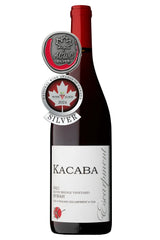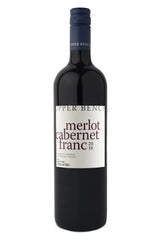White Wine
White wine offers a delightful journey through diverse flavors, from crisp and zesty to rich and creamy. Whether you enjoy the gooseberry snap of a cool-climate Sauvignon Blanc or the oak-kissed warmth of a full-bodied Chardonnay, there’s a white wine for every palate. At My Wine Canada, we’re proud to feature exceptional Canadian whites that highlight our country’s unique terroir—bone-dry Rieslings that pair beautifully with poutine, off-dry Gewürztraminers perfect for maple-glazed salmon, and more. Discover how Canada’s cool climate creates the vibrant acidity and delicate fruit notes that make our white wines truly distinctive.

Quick view 
Quick view 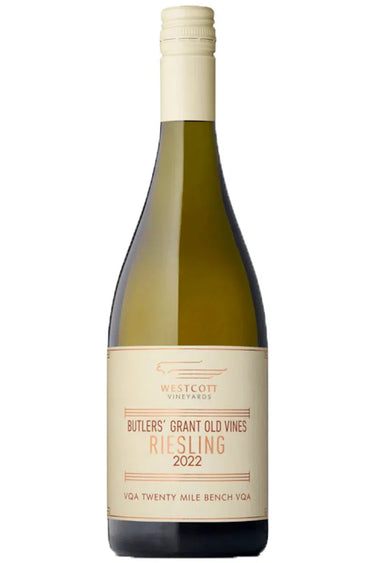
Quick view 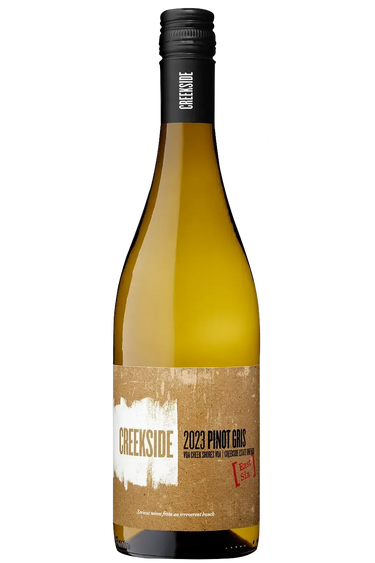
Quick view 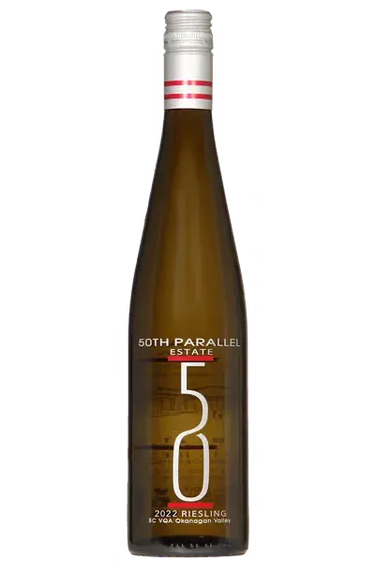
Quick view 
Quick view 

Quick view 

Quick view 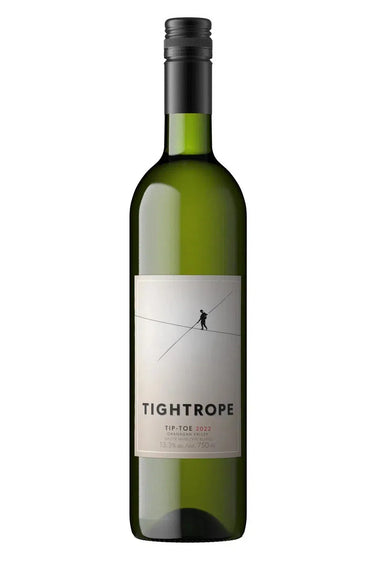
Quick view 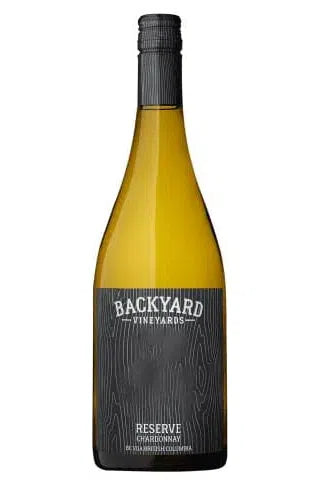
Quick view 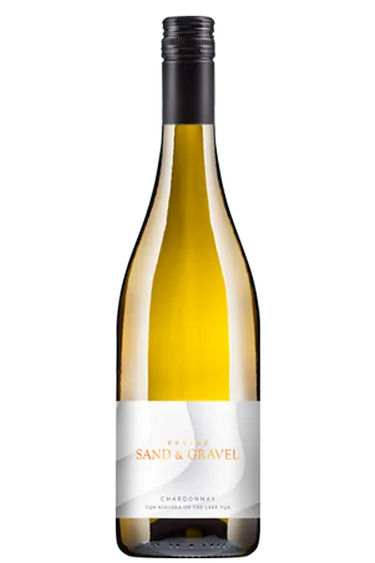
Quick view 
Quick view 
Quick view 
Quick view 
Quick view 
Quick view 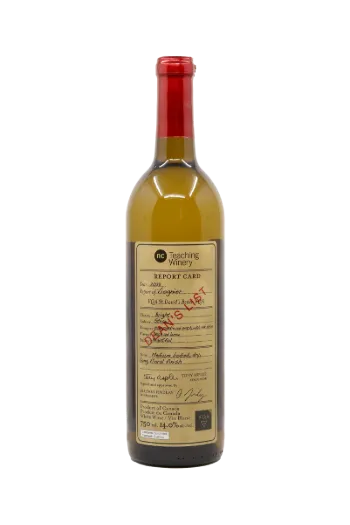
Quick view 
Quick view 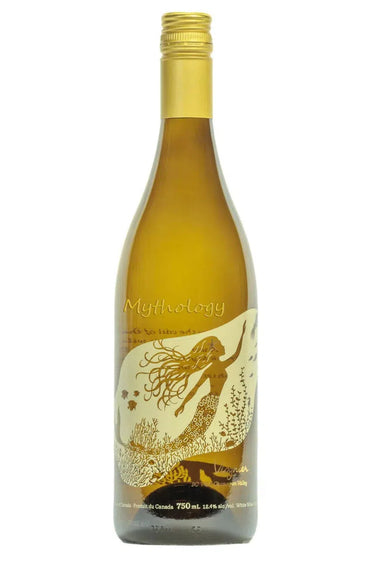
Quick view 
Quick view -
The History Of White Wine in Canada
White wine production in Canada dates back to the 1800s, but truly took off in the 1970s when European vinifera grapes were successfully cultivated in cooler Canadian climates. The Okanagan Valley in British Columbia and Niagara Peninsula in Ontario emerged as pioneering regions for white wine production. These areas discovered that cool-climate varieties like Riesling and Chardonnay thrived in Canadian soil. The industry gained international recognition in the 1990s when Canadian icewines began winning prestigious global awards, putting white wine in Canada firmly on the world map. Today, Canadian white wines continue to evolve with a focus on expressing unique terroir.
How Canadian White Wine is Different?
Canadian white wines stand out for their vibrant acidity and pronounced fruit characteristics—a direct result of our cool climate. Unlike warmer regions that produce fuller-bodied, higher-alcohol whites, Canadian vineyards yield crisp, refreshing wines with lower alcohol content and more complex aromatics. Our northern latitude means longer daylight hours during growing season, allowing for slow, steady ripening that develops intricate flavor profiles while maintaining that signature acidity. The mineral-rich glacial soils found across Canadian wine regions also contribute distinctive terroir notes you won't find elsewhere. Perhaps most uniquely, our extreme temperature variations create optimal conditions for specialty whites like icewine—a category where white wine in Canada truly shines on the global stage.
How To Choose A Quality White Wine Online
Buying white wine online can feel overwhelming with countless options available. Here are practical tips to help you navigate the digital wine landscape and find exceptional bottles every time:
Read Reviews and Ratings
Customer reviews provide valuable insights about white wines you're considering. Look for:
- Detailed tasting notes that match your preferences
- Multiple positive reviews mentioning similar characteristics
- Comments about value for the price point
- Mentions of food pairings that appeal to you
When shopping for white wine in Canada don't just rely on star ratings. Pay attention to the specific comments about acidity levels sweetness and flavor profiles to determine if a wine matches your taste preferences.
Check Vintage Information
Vintage matters significantly for white wines as growing conditions change yearly. Generally:
- Cooler years often produce more acidic refreshing whites
- Warmer years typically yield riper fruit-forward wines
- Recent vintages (1-3 years old) are ideal for most everyday white wines
- Premium white wines from established regions may benefit from additional aging
Understand Tasting Notes
Learning to decode tasting notes helps you identify wines you'll enjoy:
- "Crisp" and "zesty" indicate higher acidity perfect for food pairing
- "Buttery" or "creamy" suggest malolactic fermentation often found in oaked Chardonnay
- "Stone fruit" and "tropical" notes generally indicate riper warmer climate styles
- "Herbaceous" or "grassy" characteristics are common in cooler climate whites like Sauvignon Blanc
Remember that white wine in Canada tends to showcase vibrant acidity and clean fruit flavors due to our cooler growing regions which can produce exceptionally balanced and food-friendly wines.
What makes Canadian white wines unique?
Canadian white wines are distinguished by their vibrant acidity and complex flavors resulting from cool climate conditions and mineral-rich soils. The shorter growing seasons force grapes to develop intense flavors while maintaining freshness. Canadian winemakers have also embraced sustainable practices and cool fermentation techniques to enhance the unique characteristics of their wines. The VQA designation guarantees quality and authenticity.
What are the main types of white wine?
White wines fall into three main categories: crisp and light-bodied (Sauvignon Blanc, Pinot Grigio), full-bodied and oaked (Chardonnay), and aromatic varieties (Riesling, Gewürztraminer). Light-bodied wines offer refreshing acidity and delicate fruit flavors. Full-bodied options provide richness and complexity, often enhanced by oak aging. Aromatic varieties feature intense, perfumed qualities ideal for pairing with spicy cuisine.
What foods pair well with white wines?
Light-bodied whites like Sauvignon Blanc pair excellently with seafood and salads. Medium-bodied options such as Pinot Grigio complement light pasta dishes and poultry. Fuller-bodied Chardonnays enhance roast chicken and cream-based meals. Aromatic whites like Riesling work wonderfully with spicy Asian cuisine. For Canadian specialties, try Riesling with poutine or Gewürztraminer with maple-glazed salmon.
How long does white wine last after opening?
Most white wines remain fresh for 3-5 days after opening if properly stored. Recork the bottle immediately after pouring and store it in the refrigerator. For extended freshness, consider using a wine preservation system like Coravin or vacuum pumps that remove oxygen from the bottle. Lighter, high-acid whites typically last longer than fuller-bodied, lower-acid varieties.
Is Chardonnay considered the "king" of white wines?
Chardonnay is widely regarded as the "king of white wines" due to its versatility, global popularity, and ability to express terroir. It can be made in numerous styles—from unoaked and crisp to rich and buttery. Chardonnay grows successfully in almost every wine region worldwide and produces some of the most prestigious white wines, including white Burgundies from France.
What should I look for when buying white wine online?
When buying white wine online, read professional reviews and ratings, check vintage information, and understand tasting notes. Consider your personal preferences regarding sweetness, acidity, and body. Verify the seller's storage and shipping practices, especially during hot weather. Look for detailed descriptions of flavor profiles and food pairing suggestions to ensure the wine matches your expectations.

